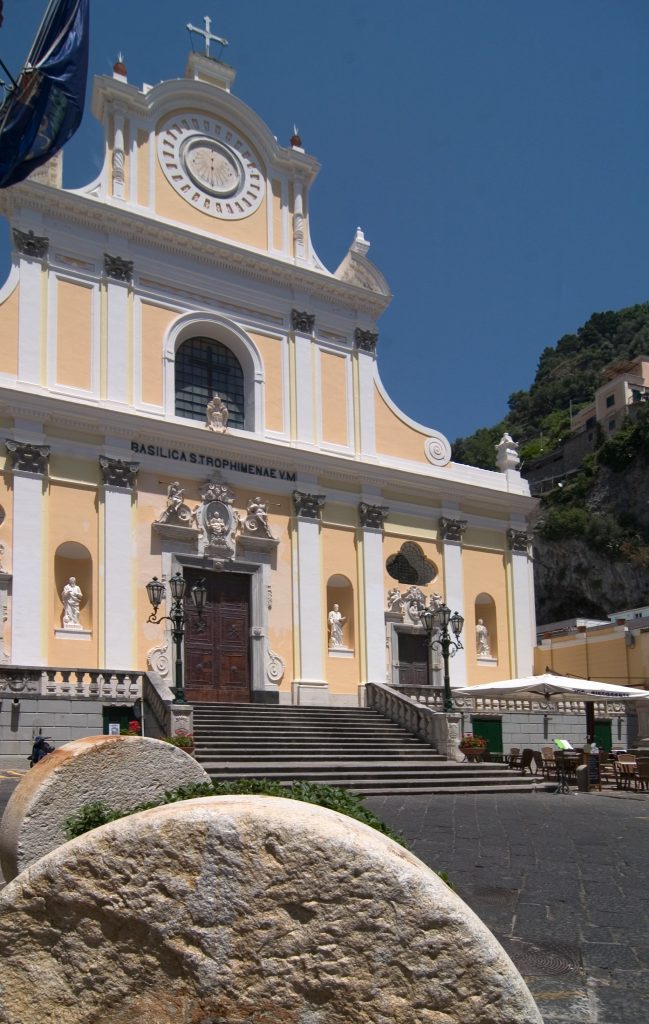

Minors it was chosen by the Romans as a summer residence, as evidenced by the remains of a grandiose maritime villa of the 1st century AD built scenographically among the surrounding rocks, and clearly visible from the sea.
After the destruction of the villa probably caused by frequent floods, the place was probably abandoned for centuries. Tradition has it that the first inhabited nucleus of Minori was formed, around the fifth century, in a hilly locality called Forcella chosen as a safe place by the inhabitants of the Sarno valley, fleeing from the incursions of Germanic populations. The inhabitants of this first settlement, between the sixth and seventh centuries, founded a new maritime village that takes the name of Rheginna, which, in contrast to the nearby district of Maiori, Rheginna Major, of greater extension, took the epithet of Minor.
It is from this period that the remains of a Christian martyr were found on the beach and, therefore, the church dedicated to Santa Trofimena which, with the elevation of Minori to a bishopric in 987, became the cathedral of Minori. Also this town, like the other cities of the coast, shared glories and honors with Amalfi, suffering the same fate with the decline of the Republic.
Even Minori was unfortunately the victim of natural disasters; in 1492, 1528 and 1656 it was hit by terrible plagues which decimated the population. Thanks to the wealth of water and the fertility of its territory, Minori boasted, in the past, very flourishing industries, both paper and food. Already in the thirteenth century in the Minorese paper mills it was manufactured there paper of rags, called bambagina, which was widely used in courts and religious institutes. A particularly lively branch of activity was that of preparing the pasta: mills and pasta factories formed the connective tissue of the small seaside village. The history of Minor follows the events of the Kingdom of Naples and subsequently of united Italy. the terrible flood of 1954 deeply marked the life and urban transformation of Minori, seeing the birth of modern buildings and hotels which fortunately did not spoil the aesthetics and its characteristic aspect of a seaside village.